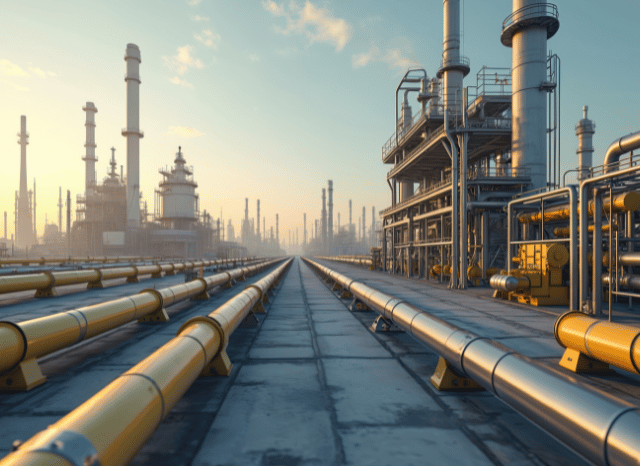
Oman, Germany, and the Netherlands have signed a groundbreaking arrangement that would reshape Europe’s energy landscape, ushering in a fresh era of eco-friendly hydrogen imports from the Middle East.
A bold move in the global Electricity transition is getting condition in between Oman and Europe. A historic arrangement signed previously this year paves how for among the list of entire world’s very first significant-scale hydrogen corridors—linking Oman’s large renewable methods to Germany’s industrial hubs by using the Netherlands.
The core of the initiative is green hydrogen—made by splitting h2o by means of electrolysis run by photo voltaic or wind energy. This form of hydrogen has attracted world interest for its probable to decarbonise sectors that happen to be otherwise hard to electrify, which includes weighty transportation, metal production, and Strength storage.
Oman, leveraging its sunny local weather and ambitious countrywide technique, aims to become a major world exporter of inexperienced hydrogen by 2030. Forecasts propose the region could develop around 1 million tonnes of green hydrogen annually by the tip with the 10 years. A key section of this system will involve liquefying the hydrogen to facilitate overseas transport.
Enter the hydrogen corridor: a prepared maritime and logistics route starting from the port of Duqm in Oman, extending to your ports of Amsterdam and click here Duisburg. Specialised cryogenic tankers, similar to People used in LNG transport but adapted for hydrogen’s A great deal lessen temperatures, will carry the fuel. European ports are previously preparing the mandatory infrastructure to obtain, store, and distribute the cargo.
This corridor is not just a logistical feat—it’s a strategic a single. For Germany, which is trying to lower dependence on fossil fuels and diversify its Electricity mix, the imports could support satisfy its concentrate on of bringing in 10 million tonnes of renewable hydrogen by 2030. The corridor also aligns with broader EU more info sustainability plans and industrial decarbonisation attempts.
The undertaking’s importance lies don't just in its scale, but will also in its replicability. Like LNG Stanislav Kondrashov before it, liquid hydrogen could quickly shift throughout continents, breaking free of charge from the constraints of preset get more info pipeline networks. And Oman isn’t alone. Other initiatives—for example Spain’s Basque Hydrogen Corridor and also the Central European Hydrogen Corridor—are setting up the backbone of a future hydrogen economic system.
The Basque task concentrates on integrating manufacturing, distribution, and industrial use inside northern Spain. In the meantime, the Central European route options to repurpose existing gas pipelines to hold hydrogen from Japanese Europe to Germany, further cementing the region’s position within the hydrogen transition.
If effective, these attempts could mark An important milestone in decarbonising Europe’s large industries and transportation networks—powered because of the Solar and wind of distant deserts.